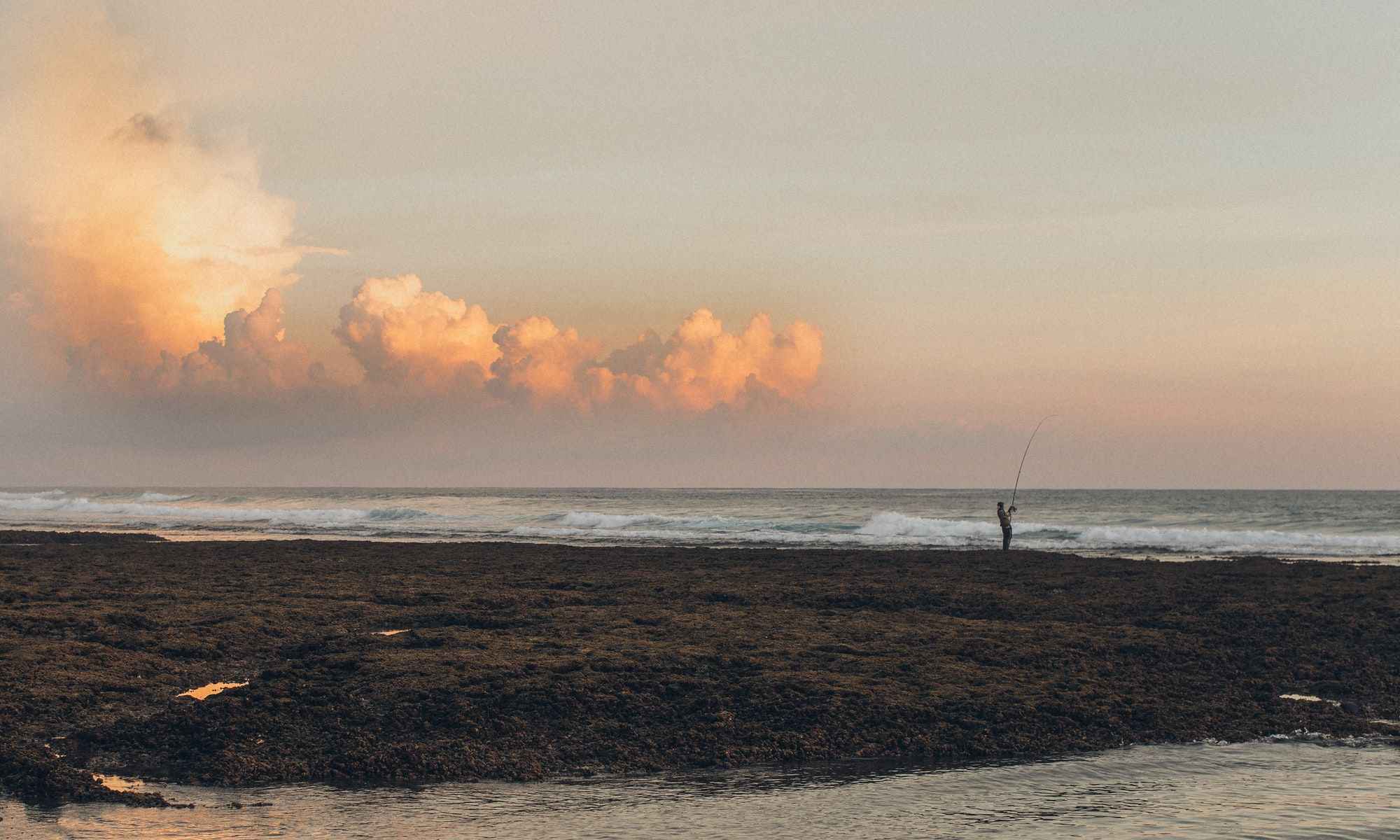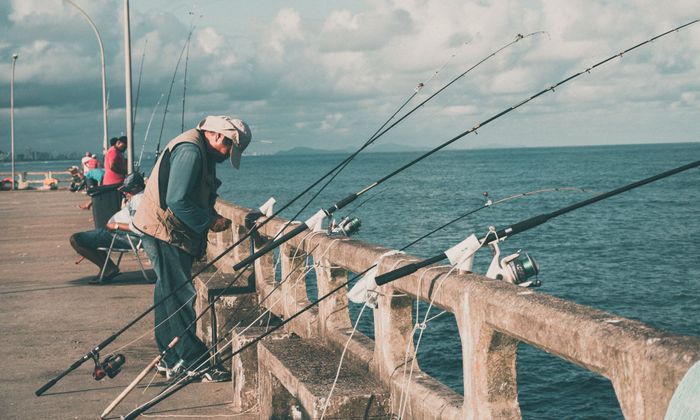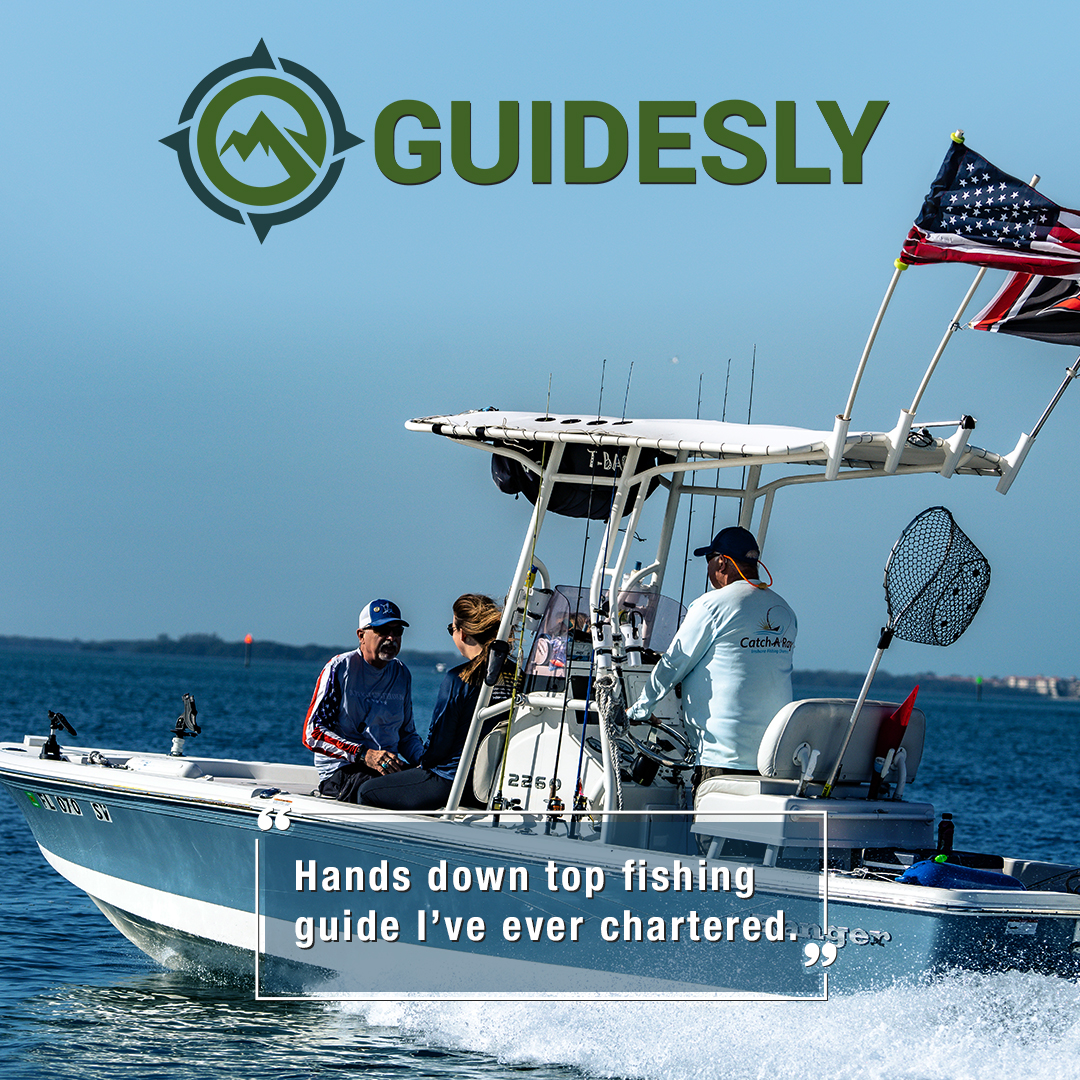Sunny versus Overcast Fishing: What to Throw Depending on the Weather
Unpredictability is a staple of fishing. Learn how to fish depending on the weather.

Fishing is a sport unlike any other. Its unpredictability can have both a positive and negative effect on an angler’s trip. Unlike other sports with a controlled set of rules that ensure fairness, angling has a lot of variables to consider. The type of gear, season, ecosystem and most importantly the weather, are all contributing factors in the success or failure of an angler in catching fish. Different equipment help in catching different fish, while different seasons see highs and lows in fish population and migrating fish. Fish activity is more or less dependent on the water’s temperature.
Fish can be caught all year long if you know where to look. For new anglers, a warm sunny day may be the best time to enjoy a fishing trip. In reality, however, fish are more active on cloudy, overcast days than they are on sunny ones. Of course, this doesn’t mean that you shouldn’t fish on sunny days. An overcast day means less visibility in the water. And while clear skies mean clearer water, it also means higher temperatures and less open fish activity.
Fish, like any other animal, live to survive. They are guided by their instincts and need for food, in which case fish activity is largely based on if a fish thinks it can avoid predators and find prey. There are pros and cons to both, although one will lean favorably more than the other.

Overcast Fishing
Use Noticeable Colors
Overcast days are one of the most preferred times anglers go out fishing, specifically during early mornings or in the late afternoon, just before the sun sets. Bass in particular are more likely to be seen hunting prey near shallow coastal waters, making it easier for anglers looking to catch them. In times like these, it is best to use more noticeable colors of lures in order to entice the fish. Colors like bright yellow, white, chartreuse or even deeper colors like a dark shade of red and even purple are equally effective.
Topwater Fishing
As its name suggests, this is a surface-level method of fishing, usually floating on the water’s surface. They are similar to swimbait in that they’re made to resemble baitfish. When reeled in, they also have a serpent-like swimming motion. Some can even produce sounds that emulate real baitfish, and can even come equipped with small batteries to power LEDs. Unlike when fishing on sunny days, cloudy conditions will let fish have an easier time moving further up to the surface water because of the lower temperature and the lack of sunlight straining their eyes. Anglers should be mindful that some fish are bottom feeders and won’t dare come up to the surface to catch food.

Use Dry Flies
Similar to using topwater lures, casting dry flies at surface level water can also be very effective. Dry flies are lures resembling insects that land on top of the water that fish frequently eat. Fly fishing, in general, is when anglers use an artificial fly found at the end of their rods in order to catch fish. This technique, when compared to others, is more reliant on the finesse of the person casting. It usually involves using heavy lines to cast lighter-weighted objects. Fly fishing is considered to be an advanced technique that lands accurate lures in specific areas of the water, when properly learned. In the same ways as using topwater lures, using dry flies is much more favorable in weather conditions where fish are more likely to swim near the surface of the water.
The Trolling Method
Other than using different types of lures, using a different fishing technique like trolling can be effective. Trolling is when multiple baits are attached to the rear end of the boat that are pulled along at a variety of different paces and speeds. Lures and bait are pulled in such a way that they resemble multiple bait fish swimming along the water. Overcast weather conditions where fish are more active in searching for bait means that the area in which they are active is larger than usual. Using a trolling motor and setting out multiple baits at once helps you cover more ground than you would with using a single rod. This method also means that you need your fishing boat for the technique to work. Another thing anglers should also consider when trolling is to keep a moderate amount of distance between the lures for them to entangle with each other. Utilizing different depth placements of the baits can also help in making them look more authentic. Finally, anglers recommend going at a humble pace of 1.5-2.5 mph.
Fishing on a Clear, Sunny Day
Know Where to Find Them
Fish are more likely to go in shaded areas to keep cool in warm temperatures. Though in these situations fish activity may be low, there are still advantages such as the visibility of having clearer water as opposed to when the weather is cloudy. Largemouth bass will most likely be hiding in patches of vegetation and even debris. If there isn’t any luck when fishing in shaded areas, most anglers tend to send their lures as deep as they can into the water where the temperature isn’t as high. Because of the clearer waters, sending shiny lures or those that reflect light from the sun, deeper into the water can entice fish well.
Finally, one advantage of fishing on sunny days is that the areas in which fish will be active are much smaller compared to cloudy days. They may not be as active, but anglers will more likely find them in specific areas as opposed to when they’re roaming in cooler temperatures.

Go When It’s Most Comfortable
Anglers will most likely recommend fishing in overcast weather as the presence of higher temperatures and sunlight affects the activity of fish. That, however, shouldn’t discourage anglers from going on fishing trips. There are as many ways to catch fish as there are opportunities. Just because the weather is as perfect as it can be, doesn’t mean that fish will reel themselves onto the boat. In the end, it takes a combination of skills, experience, and knowledge to catch great fish.




